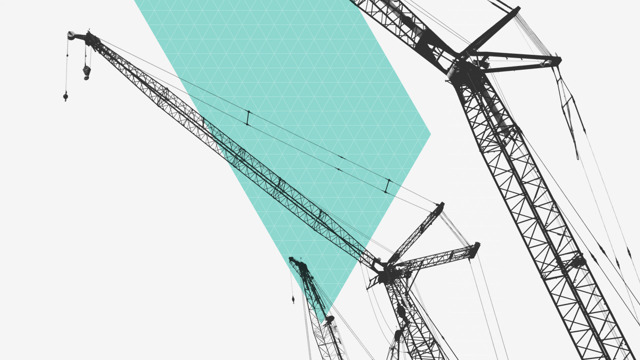The Government has announced that New Zealand will move to Alert Level 3 from 11:59pm on 27 April, with construction work able to recommence. Industry representatives and the Government have collaborated to prepare new COVID-19 Construction Protocols ("Protocols") for operating under Alert Level 3. The Protocols provide some much needed guidance on what construction under Alert Level 3 will look like and how to mitigate COVID-19 related risks for workers while on site.
Below we provide some highlights of the new Protocols, and what these mean for the construction industry.
What are the Protocols?
The Protocols provide guidance in five areas:
-
Preparation for returning to site;
-
Site entry;
-
Operations on site;
-
Leaving site; and
-
Other management protocols.
Before arriving on site, contractors are expected to have a plan in place detailing what steps will be taken to mitigate COVID-19 related risks, and this plan must be communicated to workers before they start work. On entering site, workers are expected to provide a health declaration that they have not arrived in New Zealand within the past 14 days, have not been in contact with someone with COVID-19 symptoms, and do not have symptoms themselves.
Where possible, staff supporting a project must still work remotely, with site visitors limited to those absolutely necessary. Close work on site should be avoided, and only essential work should be carried out. Workers should avoid sharing tools, with regular cleaning of tools, equipment, plant and vehicles in accordance with health guidelines. Managers should keep track of where and when workers are on site for contact tracing purposes, and have a COVID-19 response plan in place to deal with any suspected or confirmed cases on site.
On leaving site, workers must leave in the same vehicles they arrived in, and safely dispose of any PPE gear.
Implications for construction
Some of the Protocols may be more difficult to implement for some projects than others. Projects involving more confined spaces, such as vertical projects, may find it more difficult to keep workers at the required distance, and we may see more staggered shift work undertaken in these. For linear projects, it may be harder for contractors to keep tight controls on who is coming and going from the site.
What is considered essential work will also vary for each project. The reality is that most work for many construction projects is essential, and often all work must be completed in one stage before moving to the next.
While construction workers will welcome the ability to return to work, the new, albeit necessary protocols, will slow progress. This means more overhead costs for contractors, such as plant and equipment hire and contract works insurance. We expect to see contractors seeking to pass the time and costs consequences of this on to principals. Their ability to do so will of course depend on the terms of the contract. These constraints may also limit the ability of contractors to accelerate works where this was previously an option available, and contract administrators and principals should bear this in mind when administering projects.
Contractors will need to be organised to succeed. It is already standard practice for many projects to have a sign in/sign out procedure to keep track of who is on site, but diligence will be needed with this. This means making sure subcontractors are also following the Protocols, so workers are not turned away from site because Protocols are not being followed. Communication with site visitors will be critical, particularly as some visitors may be less familiar with the Protocols. Staggering site visits will assist to ensure that people are not needlessly arriving on site at the same time.
Council officers will also be expected to follow the Protocols when on site. Councils will need to consider any effect the Protocols might have when undertaking inspections, or exercising powers under the Building Act in terms of dangerous, insanitary or earthquake-prone buildings. In some cases, the Protocols might affect a contractor or principal's ability to comply with building or resource consents. A relaxation of construction noise restrictions during Level 3 to allow construction sites to operate for longer periods of the day would assist with staggering worker shifts and site visits. We may also see temporary relaxation of deadlines for complying with notices to fix or abatement notices where COVID-19 related health and safety risks are a barrier to swift compliance.
Employers will need to ensure that the Protocols are followed in addition to normal health and safety practices. Employers have a duty to ensure as far as reasonably practicable that they eliminate health and safety risks to workers. Where risks cannot be eliminated, they must be avoided as far as reasonably practicable. The Protocols provide guidance on how to eliminate or avoid COVID-19 related risks, but there may be additional steps required for some sites and a common sense approach should be taken.
Overall, there are going to be a number of challenges as the construction industry heads back to work. With the Protocols being applied in practice from next week, it should become clearer what works and what does not. We can expect the Protocols to be updated over time in response to the ever-evolving situation with COVID-19. New Zealand will be watching this area with interest to see how the Protocols play out, as other industries start making similar preparations for returning to work.



